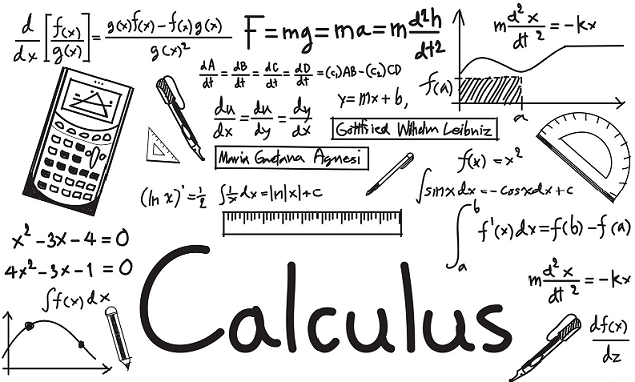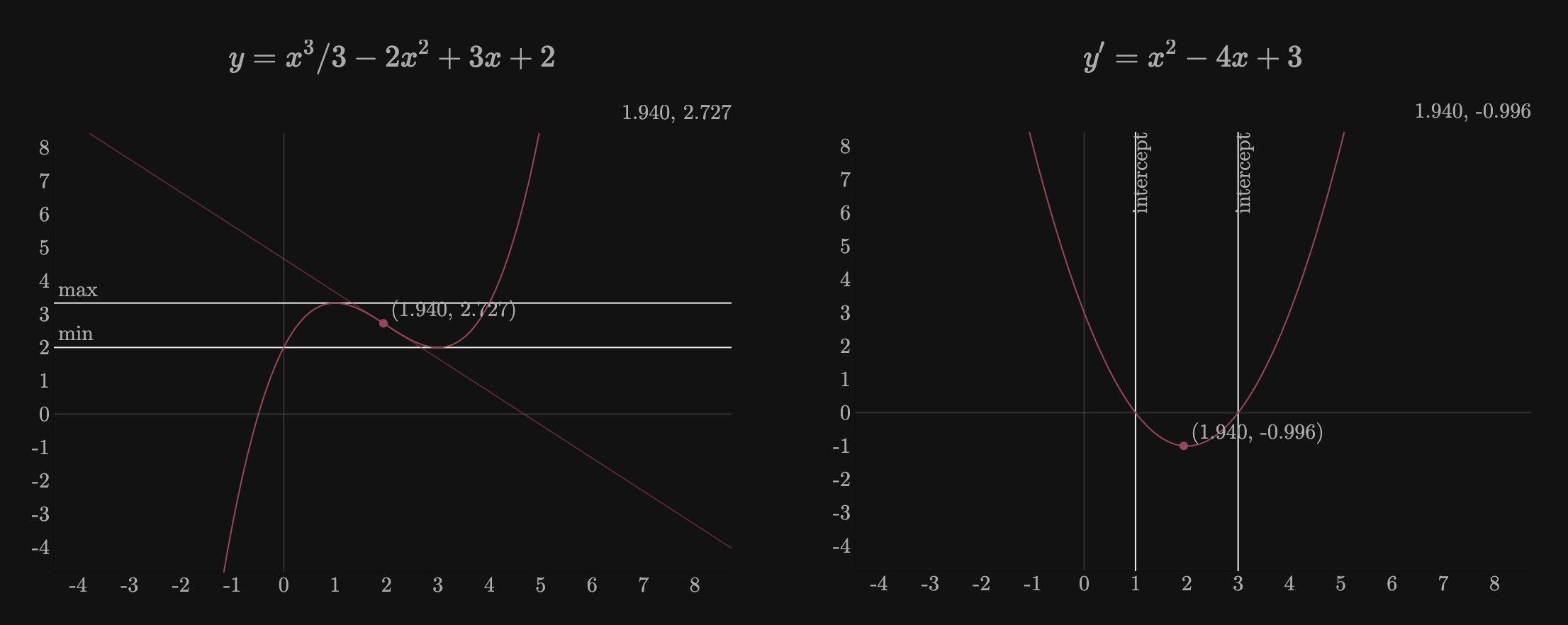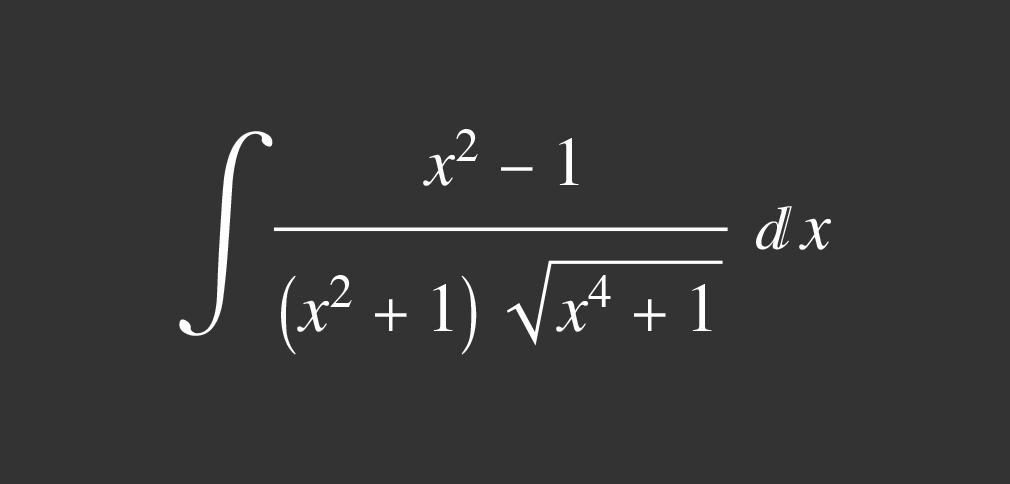There are simple functions for which we cannot find antiderivatives in terms of the functions we know, some examples are
Another problem that arises in problems of the calculus is that of calculating the values of functions, for a given polynomial like it’s simple to calculate the value of the function for various values of but it’s not so simple for a function like , to calculate the value of the function at a some value of we would have to construct a right triangle containing the desired angle and then measure the side of the opposite side and the hypotenuse, however this process is not very accurate if is something like 30°50'47
The answer to the problems above is approximate unmanageable functions by manageable ones by also determining precisely what the error incurred is, if we are to approximate a given function by we should make relatively simple so that we can calculate its values, now the simplest functions to work with are the polynomials and therefore we should approximate the function by polynomials
First let’s look into the simpler problem of approximating a function around one value of , let’s say that we have the function and we want to approximate its value near , let’s consider the polynomial as an approximation to
We can make agree with at because by we can take to be , if we expect that is an approximation of at we would also expect that the tangent line at approximates the curve closely in the point of tangency, hence we should make the slope of agree with the slope of at , applying a differentiation process to
At , if agrees with then
We can apply the same idea by making agree with at , applying a differentiation process to
Then and if is the same as then or
To determine we would make the third derivatives of both functions agree at
Then which is the same as then
we can see that the -th derivate of is and if is equal to
Because we used the condition that each pair of successive derivatives agree at takes the form
We could equally make the approximation near any other value of e.g. , thus the proper form of which generalizes on the form
Then the final formula for approximating any function by a polynomial near is
Taylor’s theorem
approximates the value of a function at the point however we do not know how good the approximation is numerically, at which is exact, however for any near like , the difference is the error in approximating by the polynomial , the formula that approximates considering also the error was first given by Brook Taylor
For any function which has derivatives in the interval from to
Where is between and




